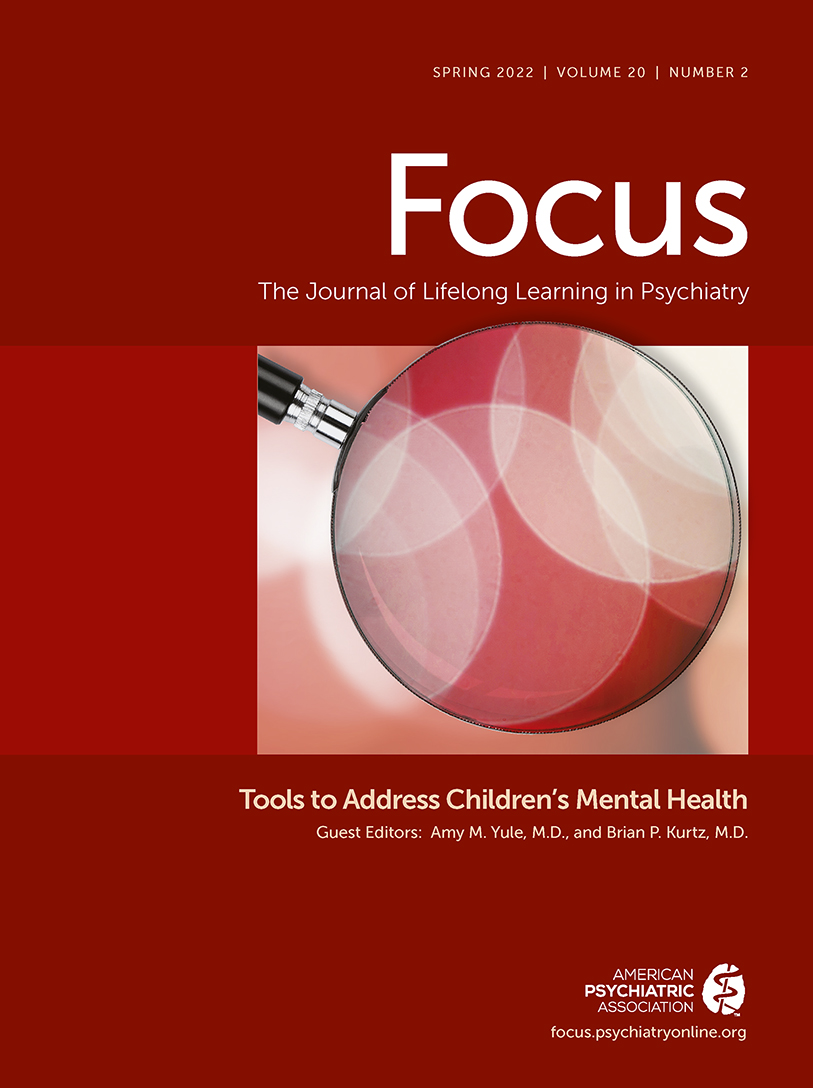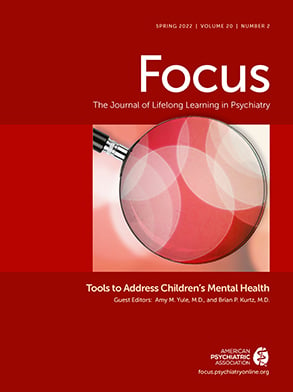Given space limitations and varying reprint permission policies, not all of the influential publications the editors considered reprinting in this issue could be included. This section contains abstracts from additional articles the editors deemed well worth reviewing.
Relationship of Childhood Abuse and Household Dysfunction to Many of the Leading Causes of Death in Adults. The Adverse Childhood Experiences (ACE) Study
Felitti VJ, Anda RF, Nordenberg D, et al.
Am J Prev Med 1998; 14:245–258
BACKGROUND: The relationship of health risk behavior and disease in adulthood to the breadth of exposure to childhood emotional, physical, or sexual abuse, and household dysfunction during childhood has not previously been described.
METHODS: A questionnaire about adverse childhood experiences was mailed to 13,494 adults who had completed a standardized medical evaluation at a large HMO; 9,508 (70.5%) responded. Seven categories of adverse childhood experiences were studied: psychological, physical, or sexual abuse; violence against mother; or living with household members who were substance abusers, mentally ill or suicidal, or ever imprisoned. The number of categories of these adverse childhood experiences was then compared to measures of adult risk behavior, health status, and disease. Logistic regression was used to adjust for effects of demographic factors on the association between the cumulative number of categories of childhood exposures (range: 0–7) and risk factors for the leading causes of death in adult life.
RESULTS: More than half of respondents reported at least one, and one-fourth reported ≥2 categories of childhood exposures. We found a graded relationship between the number of categories of childhood exposure and each of the adult health risk behaviors and diseases that were studied (p<0.001). Persons who had experienced four or more categories of childhood exposure, compared to those who had experienced none, had four- to 12-fold increased health risks for alcoholism, drug abuse, depression, and suicide attempt; a two- to fourfold increase in smoking, poor self-rated health, ≥50 sexual intercourse partners, and sexually transmitted disease; and a 1.4- to 1.6-fold increase in physical inactivity and severe obesity. The number of categories of adverse childhood exposures showed a graded relationship to the presence of adult diseases including ischemic heart disease, cancer, chronic lung disease, skeletal fractures, and liver disease. The seven categories of adverse childhood experiences were strongly interrelated and persons with multiple categories of childhood exposure were likely to have multiple health risk factors later in life.
CONCLUSIONS: We found a strong graded relationship between the breadth of exposure to abuse or household dysfunction during childhood and multiple risk factors for several of the leading causes of death in adults.
Reprinted from Am J Prev Med, Vol. 14, Felitti et al., Relationship of childhood abuse and household dysfunction to many of the leading causes of death in adults. The Adverse Childhood Experiences (ACE) study, pp. 245–258, Copyright (1998), with permission from Elsevier.
Acute Neurofunctional Effects of Escitalopram in Pediatric Anxiety: A Double-Blind, Placebo-Controlled Trial
Lu L, Mills JA, Li H, et al.
J Am Acad Child Adolesc Psychiatry 2021; 60:1309–1318
OBJECTIVE: Amygdala−ventrolateral prefrontal cortex (VLPFC) circuitry is disrupted in pediatric anxiety disorders, yet how selective serotonin reuptake inhibitors (SSRIs) affect this circuitry is unknown. We examined the impact of the SSRI escitalopram on functional connectivity (FC) within this circuit, and whether early FC changes predicted treatment response in adolescents with generalized anxiety disorder (GAD).
METHOD: Resting-state functional magnetic resonance (MR) images were acquired before and after 2 weeks of treatment in 41 adolescents with GAD (12–17 years of age) who received double-blind escitalopram or placebo for 8 weeks. Change in amygdala-based whole-brain FC and anxiety severity were analyzed.
RESULTS: Controlling for age, sex, and pretreatment anxiety, escitalopram increased amygdala−VLPFC connectivity compared to placebo (F=17.79, p=0.002 FWE-corrected). This early FC change predicted 76.7% of the variability in improvement trajectory in patients who received escitalopram (p<0.001) but not placebo (p=0.169); the predictive power of early amygdala−VLPFC FC change significantly differed between placebo and escitalopram (p=0.013). Furthermore, this FC change predicted improvement better than baseline FC or clinical/demographic characteristics. Exploratory analyses of amygdala subfields’ FC revealed connectivity of left basolateral amygdala (BLA)−VLPFC (F=19.64, p<0.001 FWE-corrected) and superficial amygdala−posterior cingulate cortex (F=22.92, p=0.001 FWE-corrected) were also increased by escitalopram, but only BLA−VLPFC FC predicted improvement in anxiety over 8 weeks of treatment.
CONCLUSION: In adolescents with GAD, escitalopram increased amygdala−prefrontal connectivity within the first 2 weeks of treatment, and the magnitude of this change predicted subsequent clinical improvement. Early normalization of amygdala−VLPFC circuitry might represent a useful tool for identifying future treatment responders as well as a promising biomarker for drug development.
Reprinted from J Am Acad Child Adolesc Psychiatry, Vol. 60, Acute neurofunctional effects of escitalopram in pediatric anxiety: a double-blind, placebo-controlled trial, pp. 1309–1318, Copyright (2021), with permission from Elsevier.

